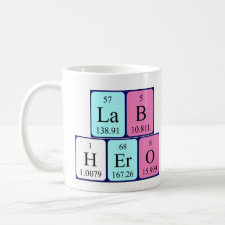
Authors: Gong JL, Su B, Luo LS, Zhou MH
Article Title: Preparation and recognition property of molecularly imprinted nanofiber membranes of bisphenol A.
Publication date: 2011
Journal: Acta Polymerica Sinica
Issue: (11)
Page numbers: 1266-1272.
Alternative URL: http://www.gfzxb.org/EN/abstract/abstract13329.shtml
Abstract: Electrospinning technique was employed to prepare molecularly imprinted polyethersulfone (PES) nanofiber membranes for the recognition and binding of bisphenol A (BPA). The PES was used as functional polymer to provide functional groups that interact with the template during the electrospinning process. The template was removed to afford binding sites in the nanofiber membranes that are capable of selectively rebinding the target molecule. Effects of the electrospinning conditions such as template amounts in PES solution, electrospinning voltage and solvent on the imprinting efficiency of nanofiber membranes were investigated. The recognition experiments with the molecularly imprinted nanofibers (MINFs) showed that 10 wt% BPA MINFs had higher binding ability to the BPA than the nonimprinted nanofibers (NINFs). Competitive binding experiment showed that 10 wt% BPA MINFs had high selectivity to BPA in the presence of hydroquinone (HQ), resorcinol (RSO) or phenol, but NINFs had low selectivity to BPA in the presence of bis-(4-hydroxyphenyl) methane (BPF) or 4-tert-butylphenol (TBP). Scatchard analysis and two-site binding model indicated that MINFs had two types of binding sites, namely specific and non-specific binding sites, and had high equilibrium binding constants of the specific binding sites and apparent maximum numbers of binding sites for BPA. The binding kinetics of MINFs was also studied.
Template and target information: bisphenol A, BPA
Author keywords: molecularly imprinted nanofiber membranes, electrospinning, Polyethersulfone, bisphenol A, molecular recognition



Join the Society for Molecular Imprinting

New items RSS feed
Sign-up for e-mail updates:
Choose between receiving an occasional newsletter or more frequent e-mail alerts.
Click here to go to the sign-up page.
Is your name elemental or peptidic? Enter your name and find out by clicking either of the buttons below!
Other products you may like:
 MIPdatabase
MIPdatabase









